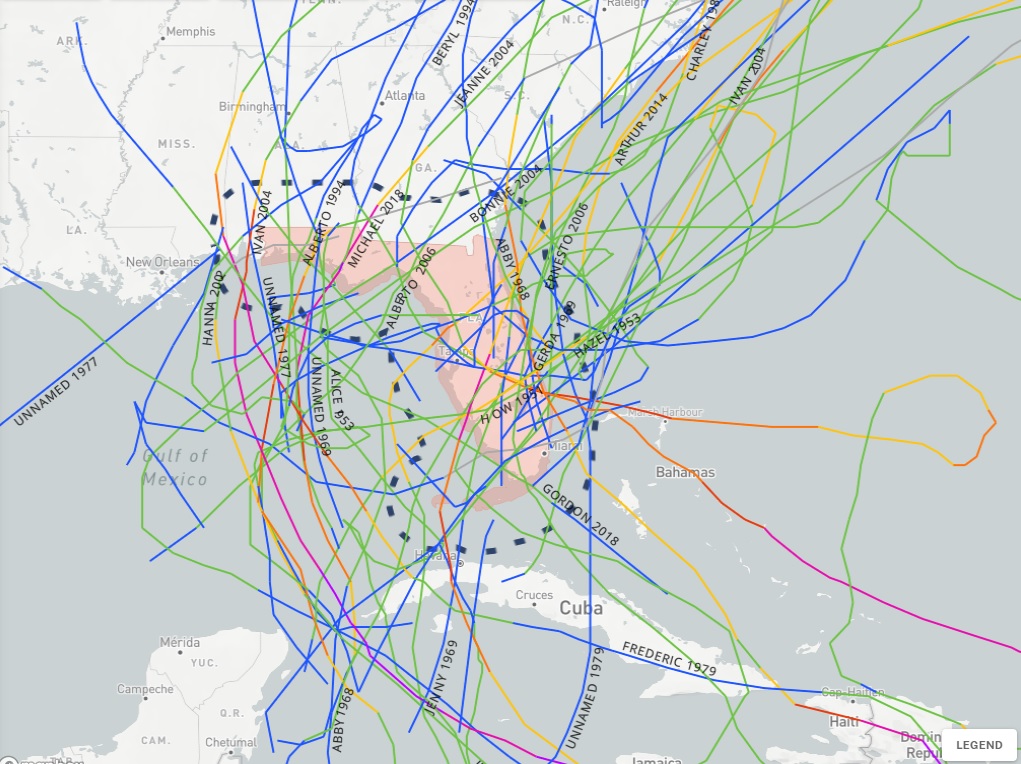Kingarabian wrote: Generally, if there's going to be a super El Nino there has to be some type of +ENSO conditions in the prior year, especially during OND. Plus, per Climo super El Nino's typically happen every 15-20 years or so.
Here's the way I'm looking at the ENSO climo from year to year based on looking at the combination of the CPC table since 1950 and Eric Webb's tables prior to 1950 that go back to 1850:
- The greatest rise since 1850 in the 3 month average from one fall/winter to the next is 3.1, which was from the 1971-2 moderate Niña to the 1972-3 super Nino.
- Next largest rises were 2.9 (1996-7 to 1997-8), 2.8 (1964-5 to 1965-6), 2.6 (1975-6 to 1976-7 and 1917-8 to 1918-9), 2.5 (1924-5 to 1925-6), 2.4 (2008-9 to 2009-10 and 1981-2 to 1982-3), 2.3 (1910-1 to 1911-2), and 2.2 (1956-7 to 1957-8 and 1898-9 to 1899-1900).
- So, there have been 11 rises greater than 2.0 since 1850. The 2022-3 ENSO dipped to a low of -1.0. So, in order for 2023-4 to reach super Nino strength (+2.0+), it would take THE largest rise since the late 1800s (the 3.1 rise from 1971-2 to 1972-3) to accomplish that.
- Based on this, alone, the chances of a super Nino peak in 2023-4 are low.
- It would take a rise of 2.5 to 2.9 to get a strong Nino peak in 2023-4. There have been five rises of 2.5 to 2.9 since 1850. That, alone, suggests a significantly higher chance for a strong Nino peak than a super Nino peak in 2023-4.
- Fwiw after adjusting for an implied warm bias, the April 1st Euro ensemble is suggesting that the highest chance is for strong over high end moderate or super.
- Thus, as of now, I'm leaning toward a strong Nino three month averaged peak (+1.5 to +1.9) as most likely for 2023-24 with high end moderate (+1.3 to +1.4) as second most likely and super (+2.0+) as third most likely.


















